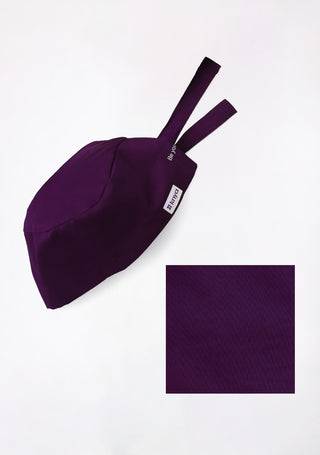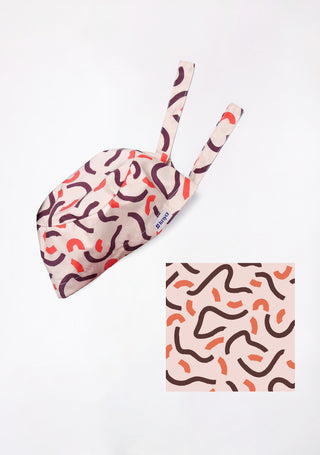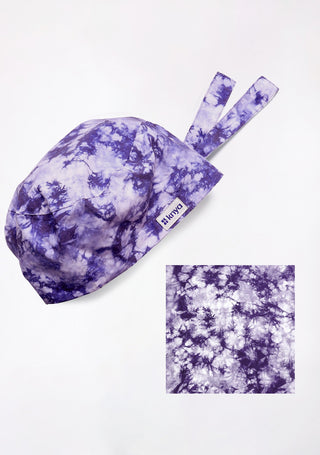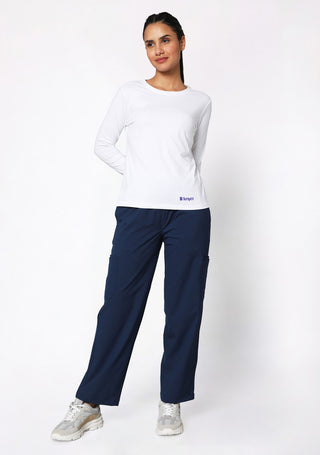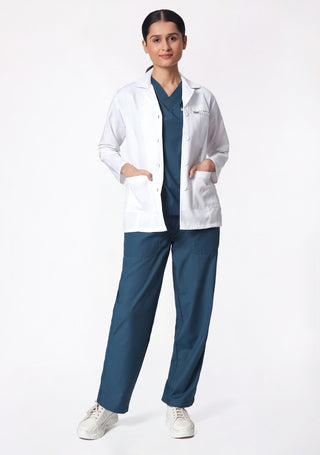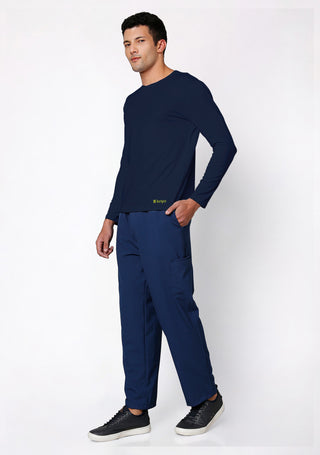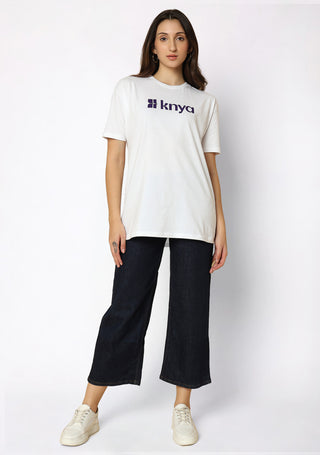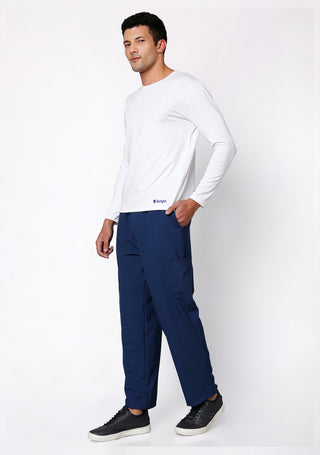Doctors and nurses wearing long sleeve gear or T-shirts under their scrubs isn't just about fashion, it's their way of being more functionable. When we look deeply into it , there's a terminology called layering associated with it. It's like us wearing sweaters in cold environments and choosing lighter clothes during summers.Layers help the medical workers to stay cool, warm , protected and functional from time to time.
Explore our collection of lab coats that combine style, functionality, and comfort for doctors and medical students alike.
What Are Underscrubs, and Why Layer?
As the name suggests Underscrubs refers to garments worn beneath the top layer of scrubs, usually a T‑shirt, tank, or compression top. Layering serves several key purposes:
-
Temperature regulation: Hospital climates vary, air conditioning can be frigid in morning, but operating rooms may tower into the low teens Celsius. Layers adapt to these swings.
-
Moisture management: Medical work often leads to sweating from stress, exertion, or personal protective equipment (PPE). Moisture‑wicking fabrics help skin stay dry and comfortable.
-
Protection & professionalism: Layers add modesty under medical gowns or through transparent scrubs, reduce friction from stethoscopes or badge lanyards, and help you maintain clean outer layers if fluids splash.
-
Long‑term wear: Over 12 hours, fabrics that trap sweat cause chafing or odor. Layering provides a barrier and extends the lifespan and freshness of outer scrubs.
From classic designs to modern fits, our scrubs suit every medical professional's style and need.
Underscrub Layering
Base Layer
This is the closest layer to your skin and the most important for regulating moisture, body temperature, and comfort.
Key Features of Base Layers:
-
Moisture-wicking: Keeps sweat away from your skin.
-
Breathable: Allows heat to escape.
-
Flexible/stretchy: Moves with you during bending, lifting, or sprinting.
Common Options:
- Short- or long-sleeve moisture-wicking tees
-
Compression tops for muscle support
-
Tank tops for lighter coverage under hot PPE
-
Antimicrobial undershirts to reduce odor
Best Fabrics:
- Polyester-spandex blends
- Merino wool (for natural odor control)
- Nylon blends with mesh zones
Mid Layer - An Optional Thermal Layer
The mid layer is worn between your base layer and scrub top in colder environments . This layer provides insulation while still allowing for mobility.
Key Features of Mid Layers:
- Adds warmth without bulk
- Often made of lightweight fleece or thermal knits
- Easy to remove if temperature rises
Common Options:
- Long-sleeve thermal shirts
- Quarter-zip fleece pullovers
- Lightweight vests or sweaters
Best Fabrics:
- Microfleece
- Cotton-poly blends only in dry environments
Fabric Features for Underscrubs
For comfortable long shifts, choose materials with these properties:
Breathability
- Natural fibers like cotton are breathable but absorb moisture so it’s best blended with synthetics.
- Lightweight merino wool offers excellent breathability and temperature regulation, although higher in cost.
- Microfibers/polyester blends provide breathability while enhancing moisture‑management.
Moisture‑Wicking & Quick‑Dry
- Synthetic fibers like polyester, nylon, and Tencel excel at wicking moisture away from skin to the fabric surface, where it evaporates.
- Brands often use special knitting or finishes to improve wicking sometimes referred to as “active fiber” or “performance blend.”
- Avoid 100% cotton, which holds moisture and can become clammy over time.
Antimicrobial and Odor Control
- Many underscrub garments are treated with antimicrobial finishes to prevent odor-causing bacteria.
- Advanced materials like merino wool naturally resist odor and may reduce the need for frequent washing.
Stretch and Movement
- A blend containing spandex/Elastane (typically 5–10%) gives enhanced stretch and helps underscrubs move with your body, reducing tugging when bending, lifting, or reaching.
Softness and Chafe Resistance
- Seam construction matters: flat seams or bonded seams reduce friction.
- Touch on necklines, sleeve edges, and waistbands softer, stretchy trim prevents irritation during prolonged wear.
For our male healthcare professionals, we offer a wide range of comfortable and stylish scrubs for men, designed to enhance both comfort and professional image
Suitable styles for underscrubs
Crew‑Neck & V‑Neck Tee Undershirts
-
Crew‑neck offers full chest and neckline coverage—great beneath open‑neck scrub tops.
-
V‑neck designs align with the scrub neckline, helping undershirts stay concealed and reduce bulkiness.
- Choose slim-fit styles to avoid bunching under outer layers, but not so tight as to restrict movement.
b. Long‑Sleeve Gear
- Ideal for colder areas or surgical environments. Look for lightweight or midweight options.
- Consider designs with raglan sleeves (seamless shoulder area) or thumb‑hole cuffs to cover wrists when lifting arms.
Compression or Base‑Layer Tops
- Offering snug fit with muscle support and moisture control muscle vibration reduction can reduce fatigue.
- Some feature mesh ventilation zones under the arms or across the upper back.
- Long-sleeve versions provide warmth with good mobility.
Thermal or Mid‑Layer Options
- For extremely cold ORs, drawstring‑hem fleece or brushed‑back synthetic tops can be used between undershirt and outer scrubs.
- These aren’t typical undershirts but serve during breaks or transfer. Lightweight thermal like Polartec Power Dry blends warmth and breathability.
Tank Tops or Sleeveless Undershirts
- Useful when layering under short‑sleeve scrub tops—offering moisture control without extra heat on the arms.
- Look for racerback or cross‑back styles to minimize strap interference if you wear PPE.

